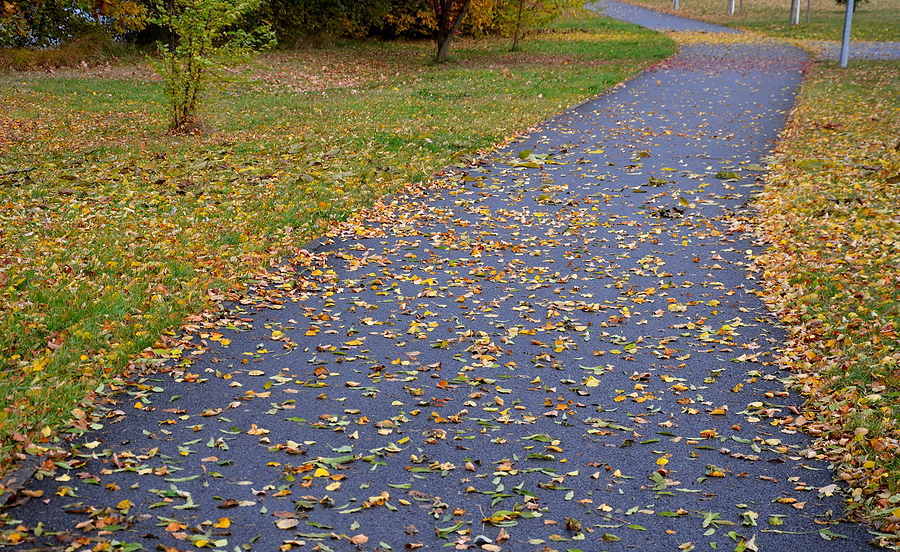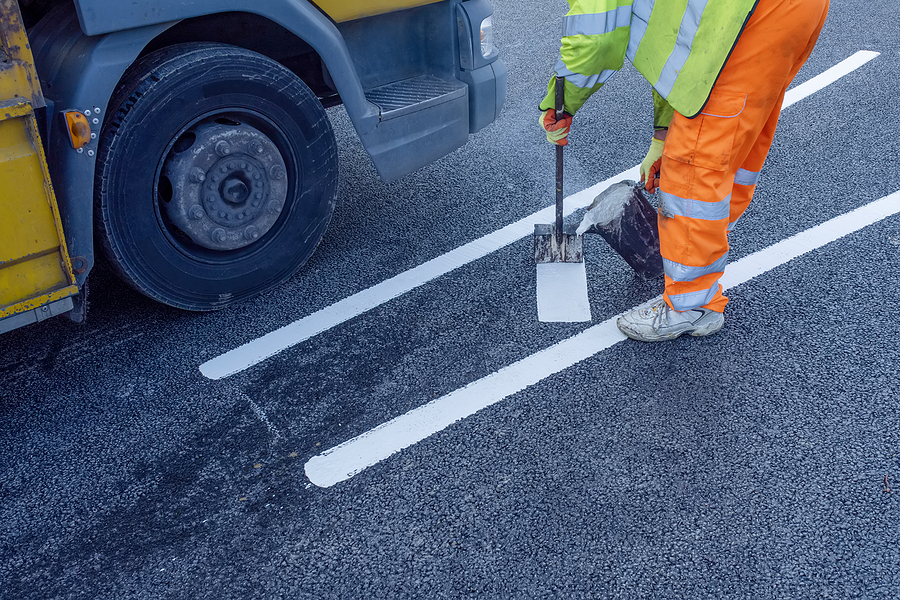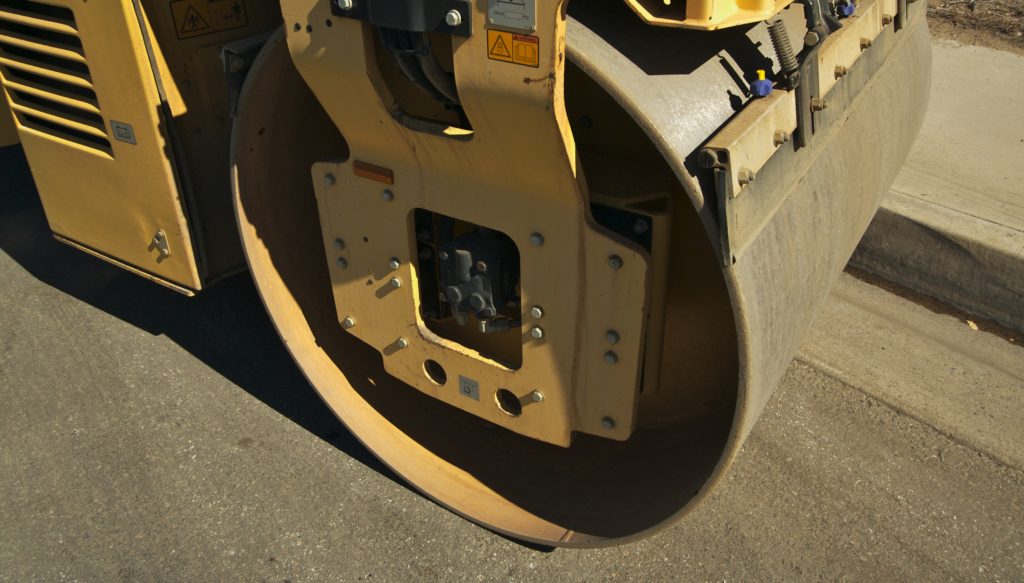Pavement deterioration isn’t just an eyesore—it’s a costly problem that can drain your maintenance budget and expose your property to liability issues. Every crack that goes unfilled and every pothole left unrepaired accelerates the breakdown of your asphalt surfaces, turning minor maintenance into major reconstruction projects.
Understanding how to properly maintain your asphalt surfaces is crucial for protecting your investment and ensuring the safety of tenants, customers, and visitors. A well-planned asphalt maintenance schedule can extend the life of your pavement by decades while significantly reducing long-term repair costs.
This basic guide will walk you through the essential elements of effective pavement maintenance, from seasonal scheduling to cost-effective repair strategies that keep your property looking professional and structurally sound.

Key Factors That Affect Asphalt Lifespan
Several environmental and usage factors directly impact how quickly your pavement deteriorates. Let’s take a look at some of the more common influences:
Climate plays a major role, particularly in northern regions where freeze-thaw cycles cause water to expand and contract within cracks, gradually widening them into larger fissures and potholes.
Heavy traffic volume and vehicle weight create additional stress on asphalt surfaces. Commercial properties with delivery trucks, construction vehicles, or high-volume parking areas experience accelerated wear compared to lighter residential traffic patterns.
UV radiation from constant sun exposure breaks down the binding agents in asphalt, making surfaces brittle and more susceptible to cracking. Properties in sunny climates need more frequent sealcoating to maintain protective barriers against this damage.
Poor drainage systems compound these issues by allowing water to pool on surfaces or seep beneath the pavement base, weakening the foundation and creating conditions for rapid deterioration.
Your Year-Round Asphalt Maintenance Schedule
Effective pavement maintenance follows seasonal patterns that align with weather conditions and optimal application temperatures for various treatments.
Spring Maintenance Tasks
Spring serves as your primary inspection and repair season after winter weather has taken its toll. Begin by conducting a thorough assessment of winter damage, looking specifically for new cracks, potholes, and areas where water may have penetrated the surface.
Apply crack filler to prevent water infiltration during the upcoming rainy season. Small cracks that seem insignificant can quickly expand into major problems without proper attention. Power washing removes accumulated debris, oil stains, and winter salt residue that can accelerate surface breakdown.
This season also provides ideal conditions for addressing drainage issues before summer heat makes outdoor work more challenging.
Summer Asphalt Care
Summer offers optimal conditions for major maintenance projects when temperatures and weather patterns support proper application and curing of materials.
Sealcoating becomes your primary focus during these warmer months. This protective barrier shields asphalt from UV damage and prevents water penetration while temperatures allow for proper adhesion and drying. Plan sealcoating projects during periods of consistent dry weather with moderate temperatures.
Address any major pothole repairs or damaged areas that require extensive work. Summer’s stable weather conditions provide the best environment for these larger projects to cure properly.
Trim vegetation around pavement edges to prevent root systems from growing beneath surfaces and causing structural damage over time.
Fall Preparation
Fall serves as your final preparation period before harsh winter conditions arrive. Conduct another comprehensive inspection to identify any new damage that developed during summer months.
Clean surfaces thoroughly and prepare asphalt for winter weather challenges. Apply a final layer of sealcoating if necessary, ensuring adequate time for proper curing before temperature drops.
Address any minor repairs that could worsen during freeze-thaw cycles, as small problems can quickly escalate into expensive replacements when water freezes and expands within cracks.
Winter Protection Strategies
Winter maintenance focuses on minimizing damage rather than active repair work, as most asphalt treatments require warmer temperatures for proper application.
Limit heavy traffic on surfaces when possible, as frozen asphalt becomes more brittle and susceptible to cracking under stress. Monitor for freeze-thaw damage throughout the season and document issues that need immediate spring attention.
Exercise care when clearing snow and ice. Avoid excessive salt use, which can accelerate surface deterioration, and ensure snowplow operators understand proper techniques that minimize scraping damage to asphalt surfaces.
Get an Asphalt Maintenance Assessment Today! ✏
Common Asphalt Issues and Repair Solutions
Crack Filling and Prevention
Small cracks represent the most common maintenance challenge and offer the best opportunity for cost-effective prevention. Address cracks immediately when they appear, as water infiltration quickly transforms minor surface issues into structural problems.
Hot-applied crack sealers provide longer-lasting repairs than cold-pour alternatives, particularly for cracks wider than a quarter-inch. The key lies in proper surface preparation and timing applications during appropriate weather conditions.
Pothole Repair Techniques
Potholes require immediate attention due to safety concerns and liability issues. Temporary cold-mix patches can provide short-term solutions during unsuitable weather conditions, but permanent hot-mix repairs offer superior longevity and performance.
Proper pothole repair involves removing all loose material, ensuring adequate depth and square edges, and using appropriate tack coats to bond new material with existing asphalt. Poor repairs often fail within months, making quality workmanship essential for long-term success.
Surface Restoration Options
When surface deterioration becomes extensive but the base remains structurally sound, asphalt overlays provide cost-effective alternatives to complete reconstruction. These applications add new wearing surfaces while addressing widespread cracking and surface irregularities.
Preventative Measures for Maximum Pavement Life
Regular asphalt cleaning removes oil, debris, and chemicals that accelerate surface deterioration. Quarterly power washing or professional cleaning maintains surface integrity while improving appearance and safety.
Proper drainage maintenance prevents water from pooling on surfaces or undermining pavement foundations. Clean storm drains, repair damaged gutters, and ensure positive drainage away from paved areas.
Traffic management strategies can significantly extend pavement life in high-use areas. Consider routing heavy vehicles away from pedestrian areas, installing traffic control measures to prevent sharp turns on asphalt surfaces, and establishing loading zones that distribute wear patterns.
Cost Benefits of Regular Maintenance
Preventative asphalt maintenance delivers substantial financial advantages compared to reactive repair approaches. Sealcoating typically costs $0.25-$0.50 per square foot, while complete pavement replacement can exceed $3-$5 per square foot.
Crack filling ranges from $2-$5 per linear foot, representing a minimal investment compared to pothole repairs that cost $50-$150 per individual repair. When cracks expand into potholes, you’re often looking at 10-30 times the original repair cost.
Properties with consistent maintenance schedules can save up to 50% on long-term repair costs while maintaining professional appearances that support property values and tenant satisfaction.
Regular maintenance also reduces liability exposure from trip-and-fall accidents, insurance claims, and vehicle damage that can result from deteriorated pavement conditions.
In Summary
Effective asphalt maintenance requires consistent attention, proper timing, and professional expertise to achieve optimal results. The seasonal schedule outlined above provides a framework for maintaining pavement integrity while controlling costs through preventative care rather than emergency repairs.
Climate considerations, particularly freeze-thaw cycles in northern regions and heavy traffic patterns, demand customized approaches that address your property’s specific challenges and usage patterns.
Remember that quality maintenance work requires proper materials, equipment, and expertise. While some tasks like cleaning and minor crack filling might be handled in-house, major projects like sealcoating and pothole repair typically require professional contractors with specialized equipment and experience.
Contact us for a quote on asphalt repair or sealcoating services. Our experienced team can assess your property’s specific needs and develop a customized maintenance plan that protects your investment while fitting your budget requirements. Request service today.
Related Post: Quality You Can See: The Impact of Commercial Asphalt Sealing








